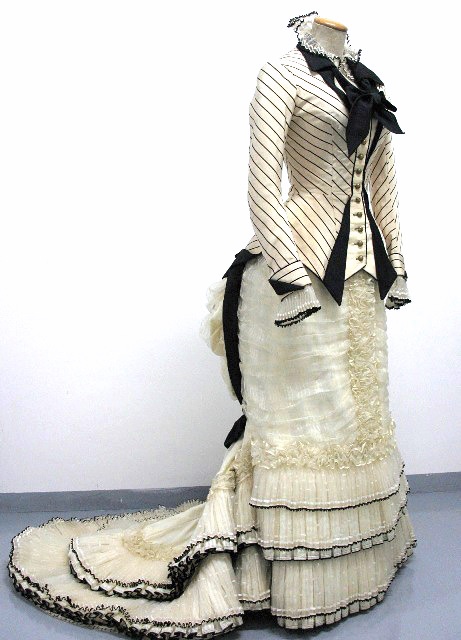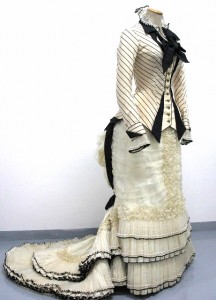Ebertfest 2016 — Highlights
Posted on April 18, 2016 at 7:12 am

Roger Ebert memorably said that movies are “an empathy machine.” Like all great art, they give us a chance to see through someone else’s eyes — the eyes of the characters, the eyes of the filmmakers — and thus expand our understanding and compassion. This year, there was a panel on creating empathy onscreen. And, following the Brian Wilson film “Love and Mercy,” there was a discussion of challenging the stigma of mental illness with the goals of acceptance, inclusion, and respect. There was a timely (unfortunately, always timely) discussion of the challenge of racial diversity in Hollywood.
It was followed by a panel on gender diversity in Hollywood. I was delighted to be included.
Unquestionably, one of the greatest films of all time is “The Third Man,” from director Carol Reed and screenwriter Graham Greene, starring Joseph Cotten, Orson Welles, Alida Valli, Trevor Howard, and the post-WWII ruined city of Vienna.
We saw the gorgeously restored print, and it was followed by a discussion with Angela Allen, who was a “continuity girl” at age 19 when it was filmed and later worked on movies like “The African Queen” and “Jesus Christ Superstar.” She mesmerized us with inside stories.
I had the honor of conducting a Q&A, along with Shawn Edwards and Gil Robertson, with writer/director Kasi Lemmons about her brilliant first film, Eve’s Bayou. She told us about why it was important to her to restore a key character in her director’s cut.
Every year, Ebertfest has a silent film with live musical accompaniment. This year, we had the strange, wild French film, “L’Inhumaine,” with the Alloy Orchestra, and, for the first time a second silent film, the “race” (made by, with, and for African-Americans) movie “Body and Soul,” starring Paul Robeson in his movie debut, playing twin brothers, one kind, one evil. The Chicago Modern Orchestra Project provided an original soundtrack.
Other films included Paul Cox’s “Force of Destiny,” inspired by his own experience as the recipient of a liver transplant, and two stirring documentaries, “Radical Grace,” the story of nuns working for social justice, and the world premiere of Disturbing the Peace, about a group of Israelis and Palestinians working together in the spirit of Ghandi, Martin Luther King, and Nelson Mandela, to bring peace to the region. The film got a standing ovation and the filmmakers received the festival’s first Humanitarian Award. Actress Nancy Allen spoke about “Blow-Out,” and directors Guillermo del Toro (“Crimson Peak), Paul Weitz (“Grandma”), and Mark Polish (“Northfork”) presented their films and did Q&A sessions to discuss them.
Thanks to Chaz Ebert, Nate Kohn, Casey Ludwig, John Hecker, and everyone at Ebertfest. See you next year!



